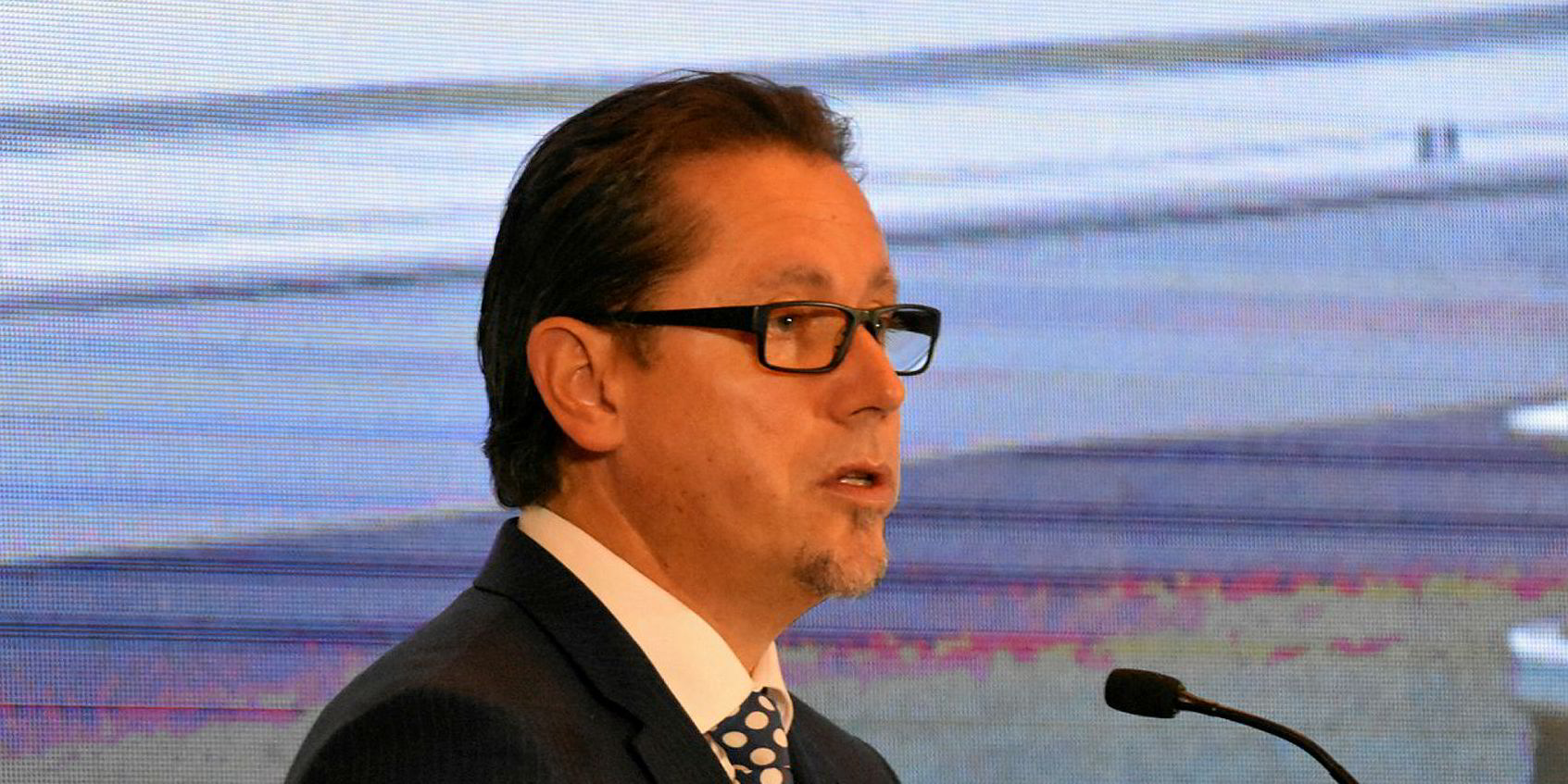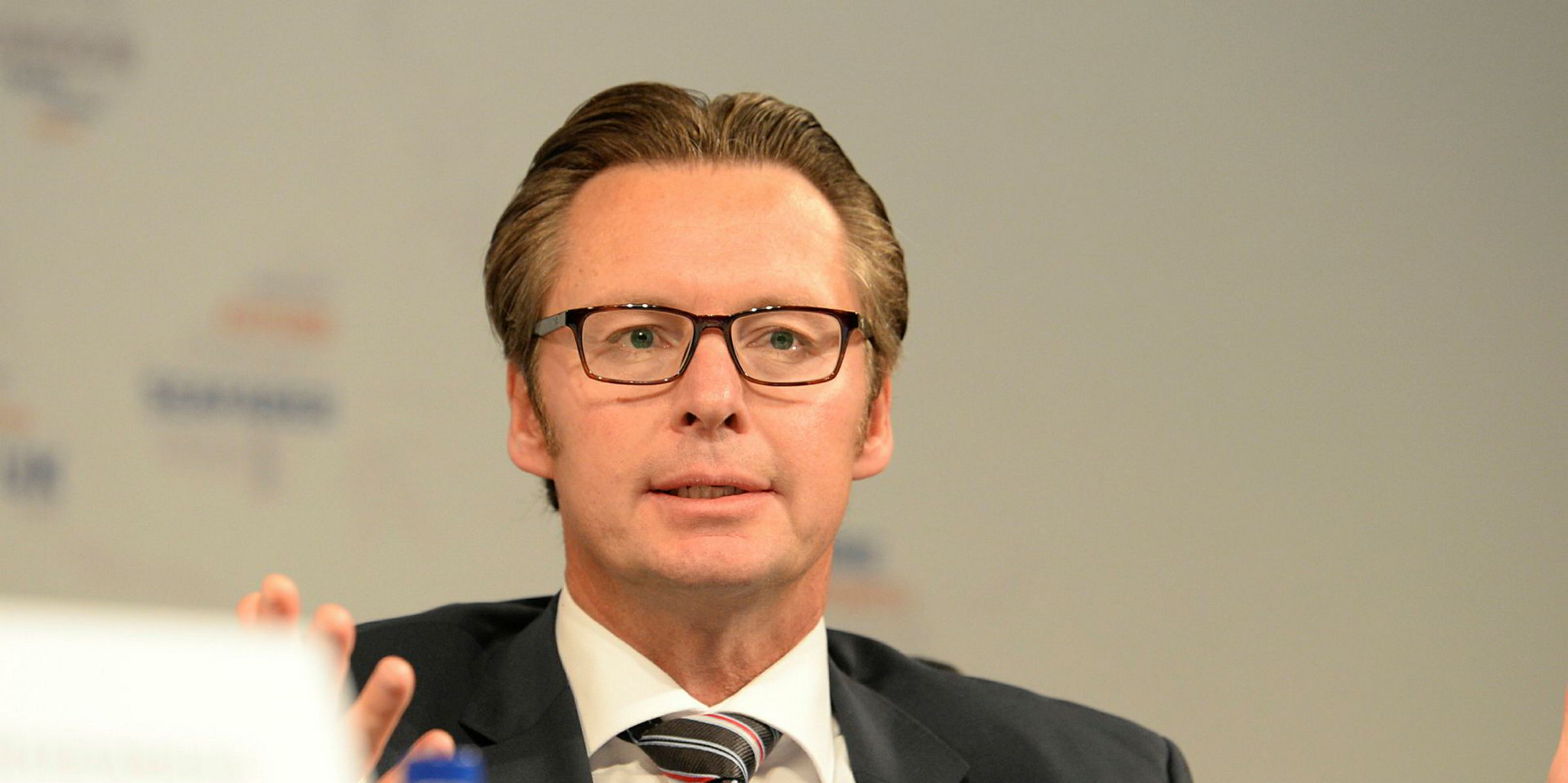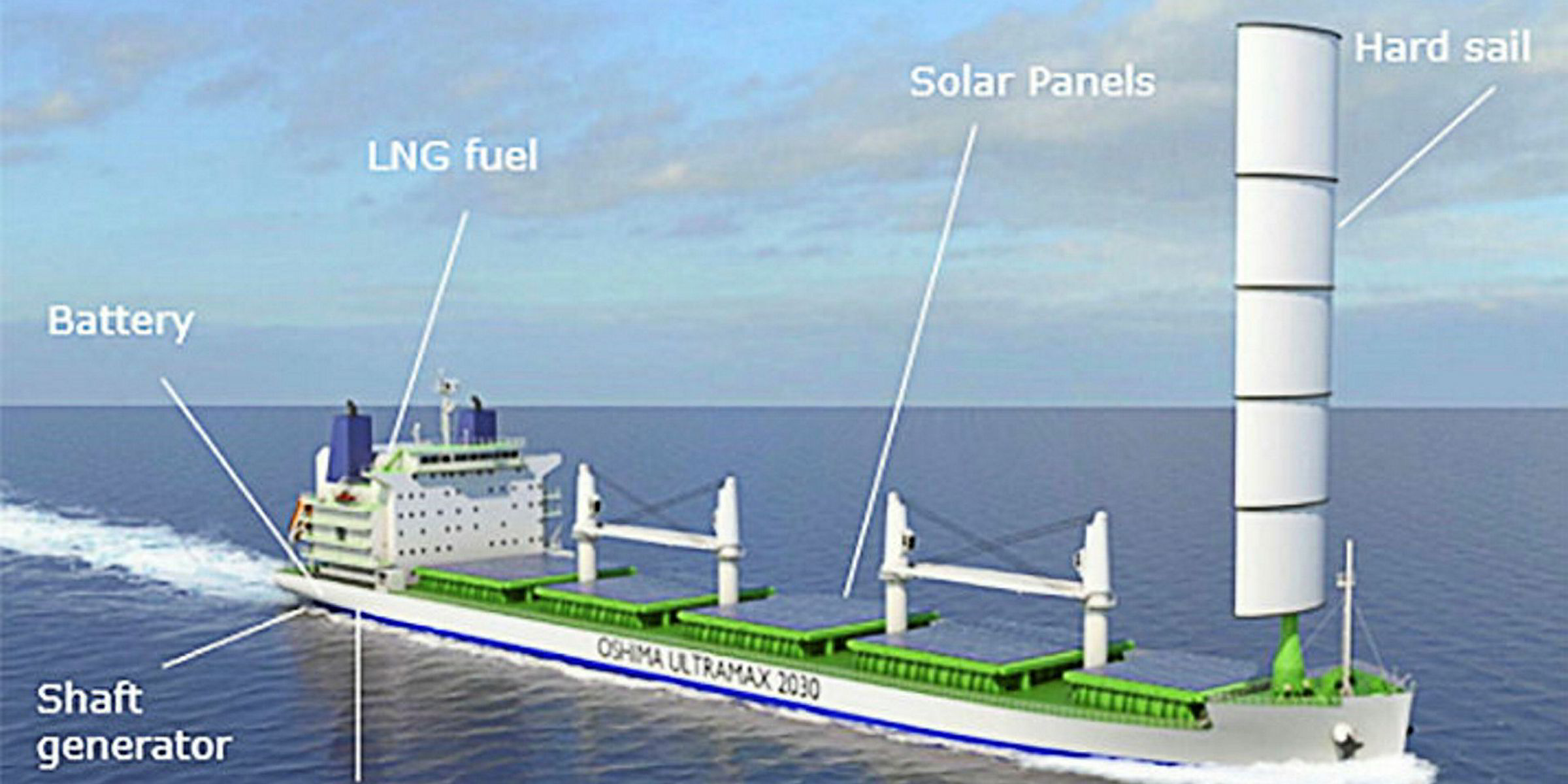DNV GL has forecast total shipping demand will expand by 39% by 2050, despite that transport requirements for crude and coal are expected to decrease.
In its Energy Transition Outlook 2019, the Norwegian-German classification society suggested global seaborne trade would continue to expand as global population and economic growths continue, but decarbonisation efforts would hurt oil and coal shipping demand.
“DNV GL predicts a rapid transition: by mid-century the energy mix will be split almost equally between fossil and non-fossil sources,” group president chief executive Remi Eriksen said.
Total shipping demand in tonne-mile terms will grow by 2.3% per year on average between 2018 and 2030 and 0.3% between 2030 and 2050, according to DNV GL, as the usage of renewable energy is expected to grow rapidly after 2030.
With oil demand expected to peak in 2022, DNV GL predicts crude tanker demand will increase by 1.5% per year on average between 2018 and 2030 and decrease by 2.1% on a yearly basis from 2030 to 2050.
Product tanker demand is to increase by 2.9% per year on average from 2018 to 2030 while showing no growth between 2030 and 2050, based on DNV GL’s forecast.
Global seaborne crude trade is expected to drop to 1.48bn tonnes in 2050 from 2.03bn tonnes in 2018, according to DNV GL, while products trade is forecast to increase to 1.34bn tonnes in 2050 from 1.16bn tonnes in 2018.
As demand for coal continues to fall, DNV GL anticipates the average annual bulker demand growth to be minus 0.1% between 2030 and 2050, compared with a 1.7% growth between 2018 and 2030.
Global seaborn coal trade is expected to amount to 589m tonnes in 2050, compared with 1.3bn tonnes in 2018.
On the other hand, DNV GL expects the annual growth of demand for LNG carriers to average 7.2% between 2018 and 2030 and 3.2% between 2030 and 2050, with natural gas set to overtake oil as the wold’s largest energy source in 2026.
Global seaborne LNG trade will increase to 1.6bn tonnes in 2050 from 414m tonnes in 2018, according to DNV GL’s prediction.
Among other sectors, DNV GL anticipates annual growth in seaborne container shipping demand will average 3.6% between 2018 and 2030 and 1.5% between 2030 and 2050.
Read all our London International Shipping Week coverage at tinyurl.com/twlisw2019.





